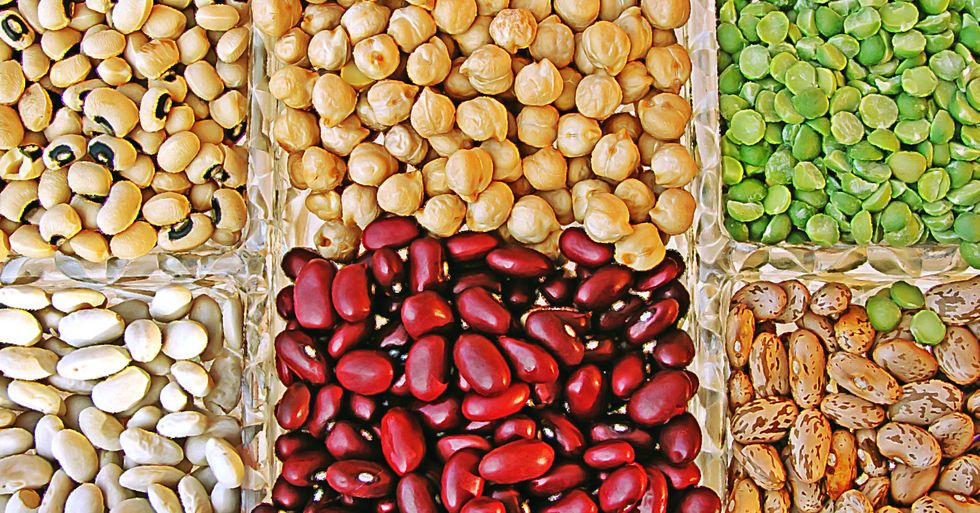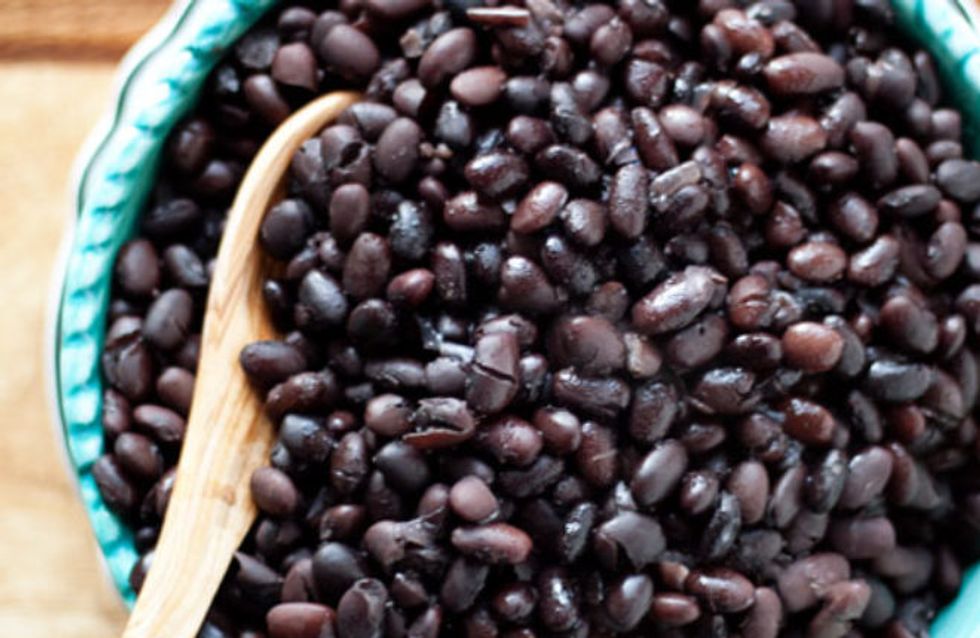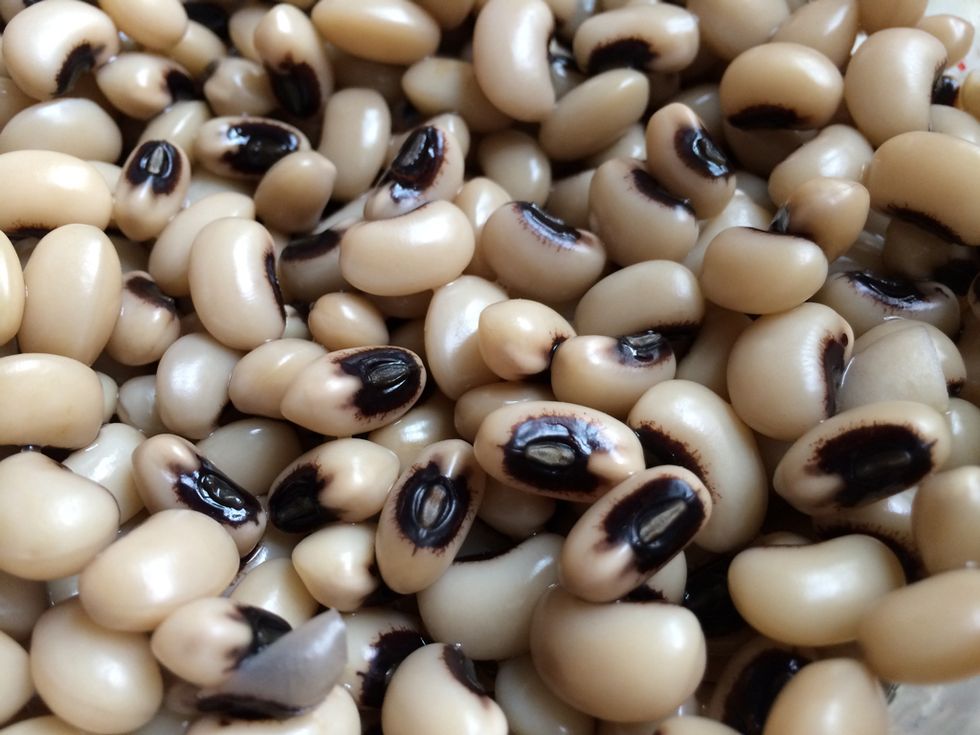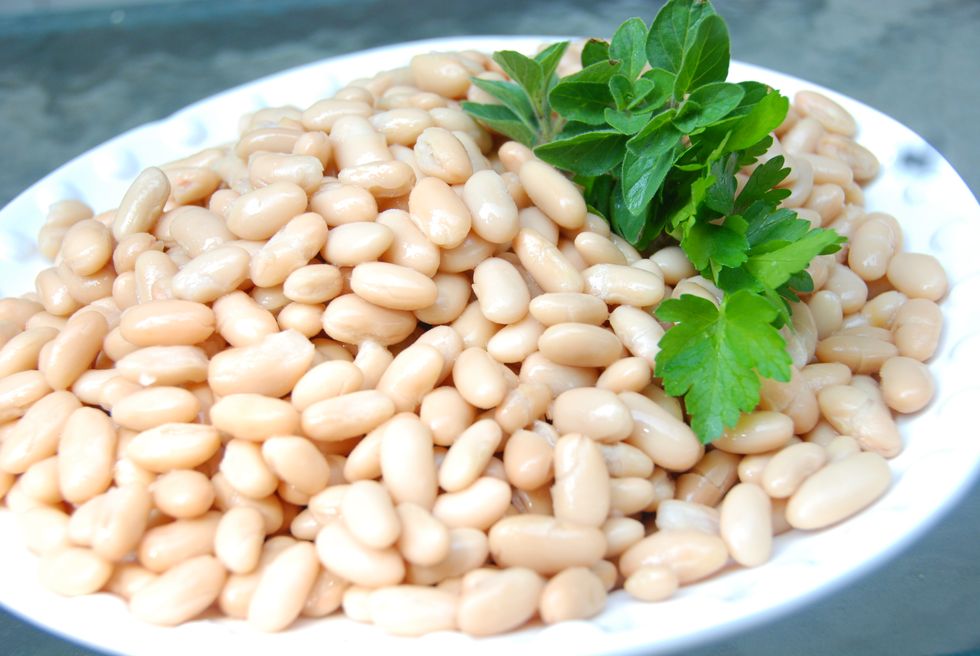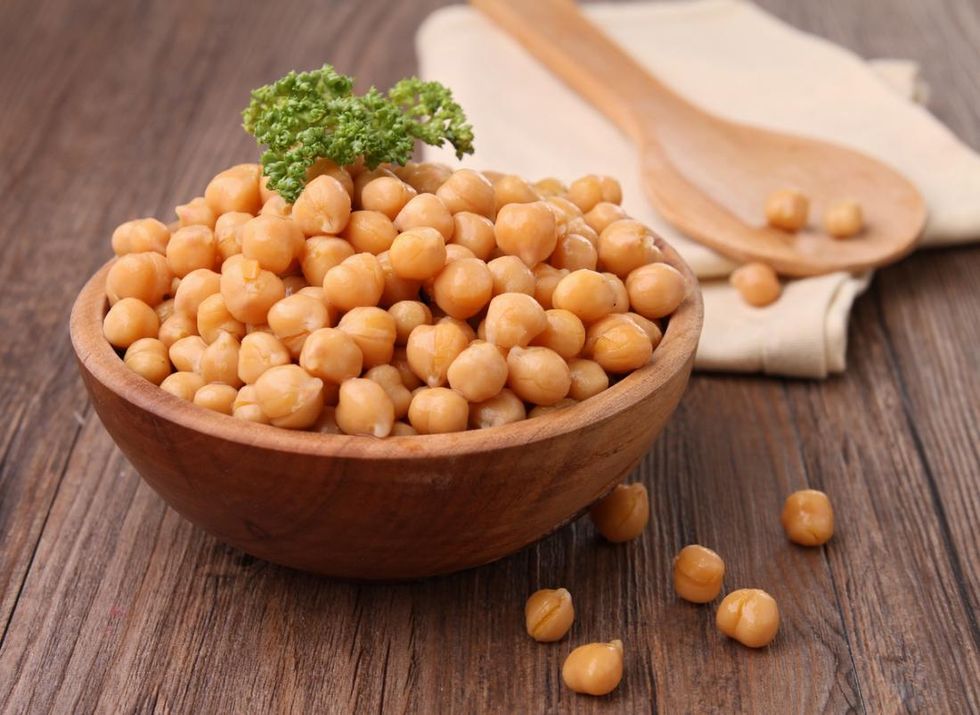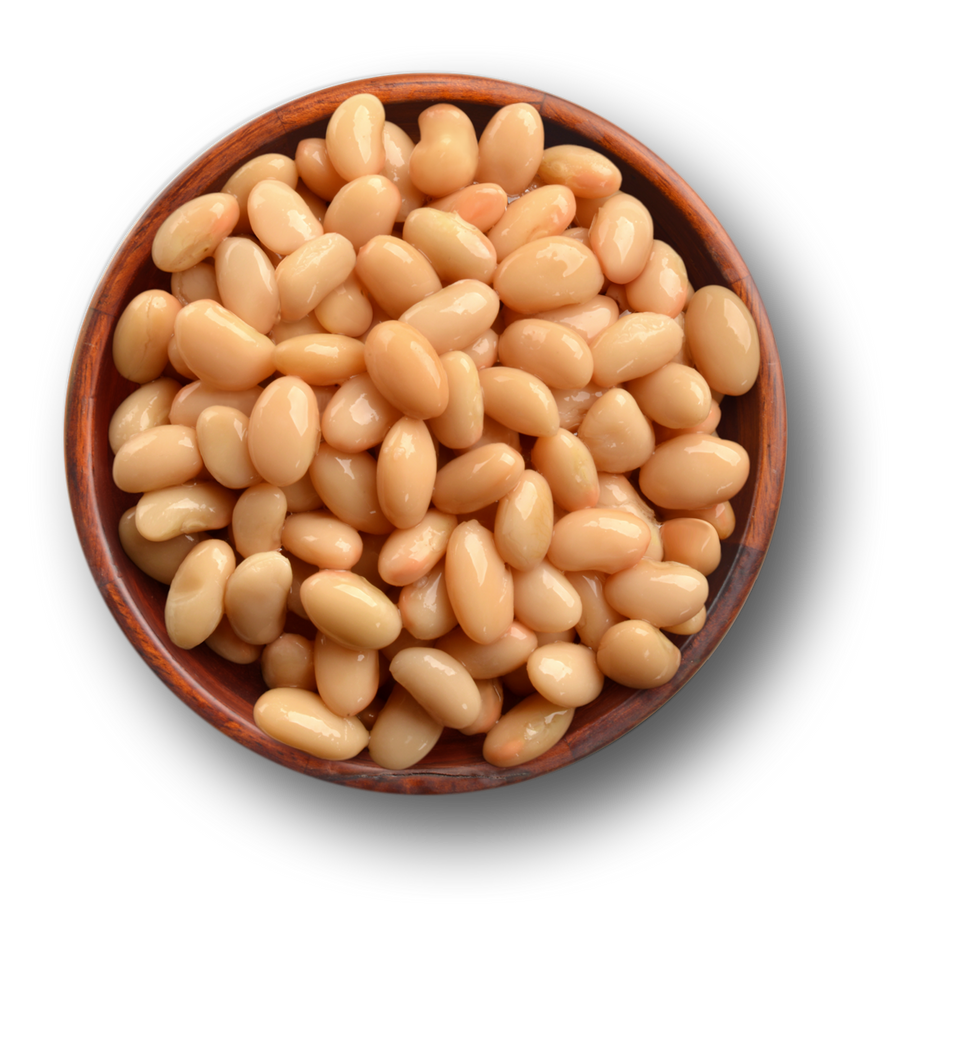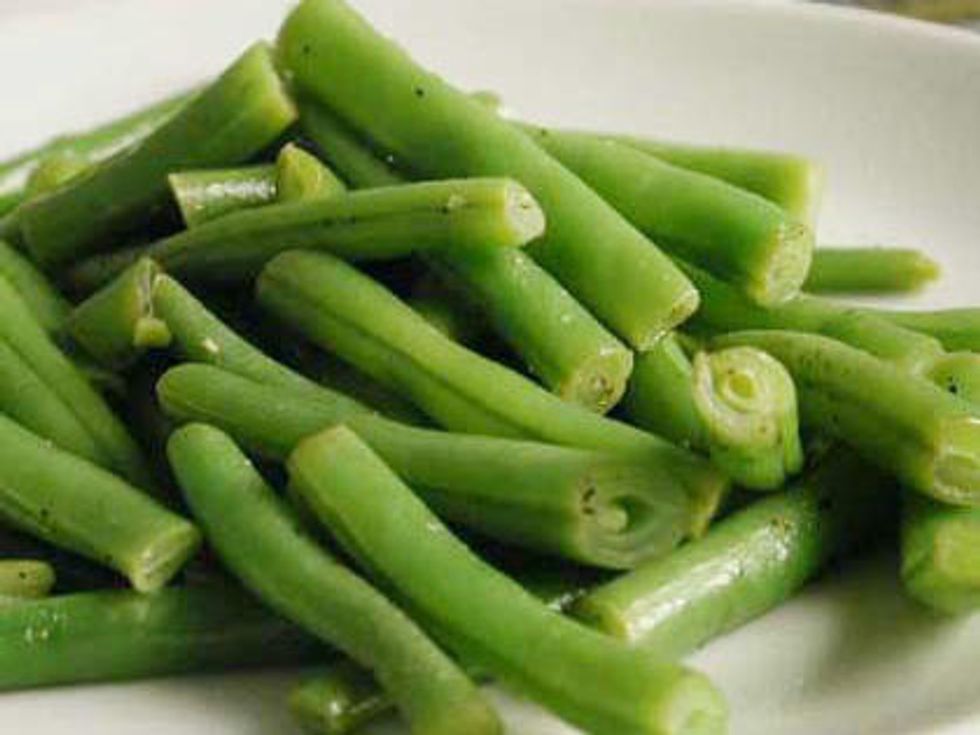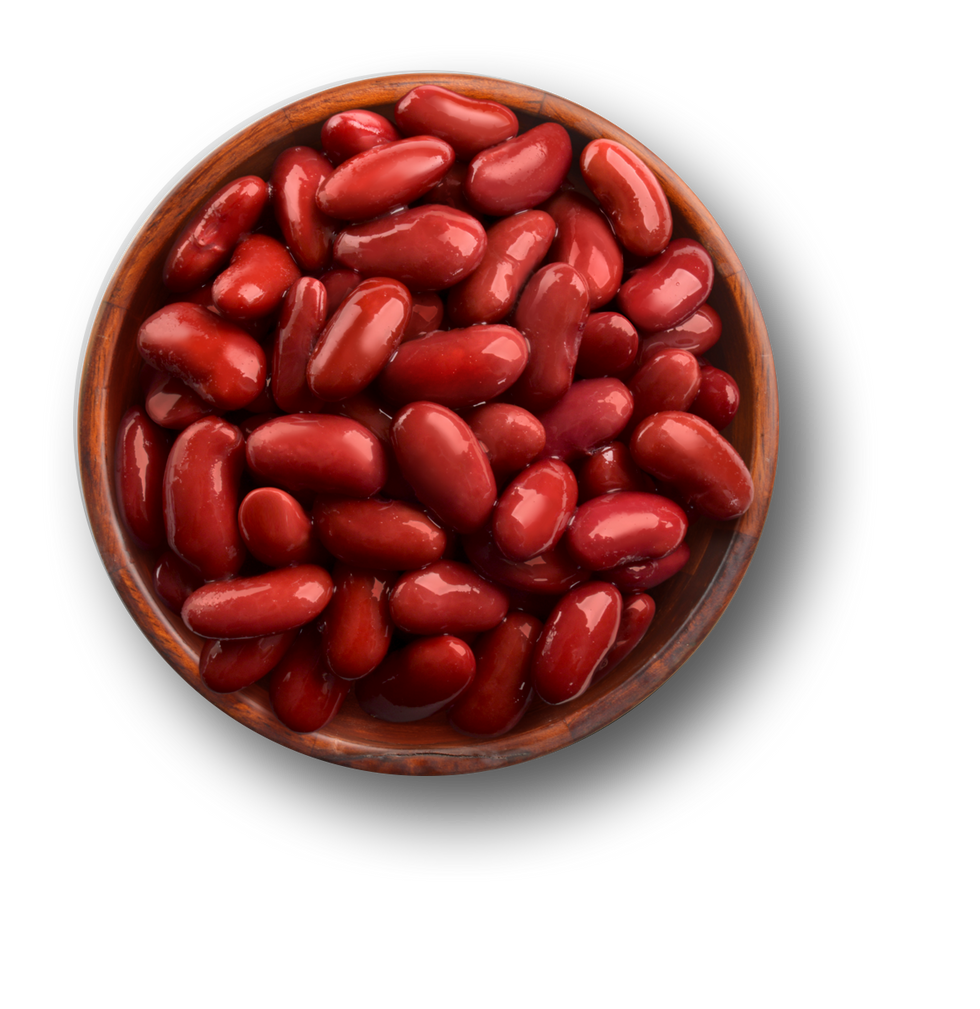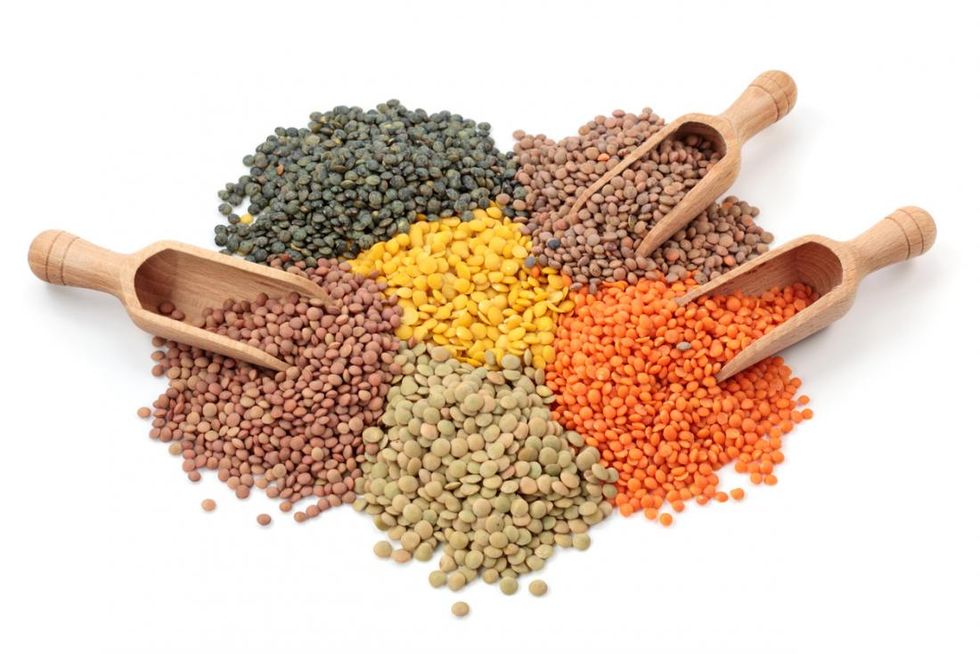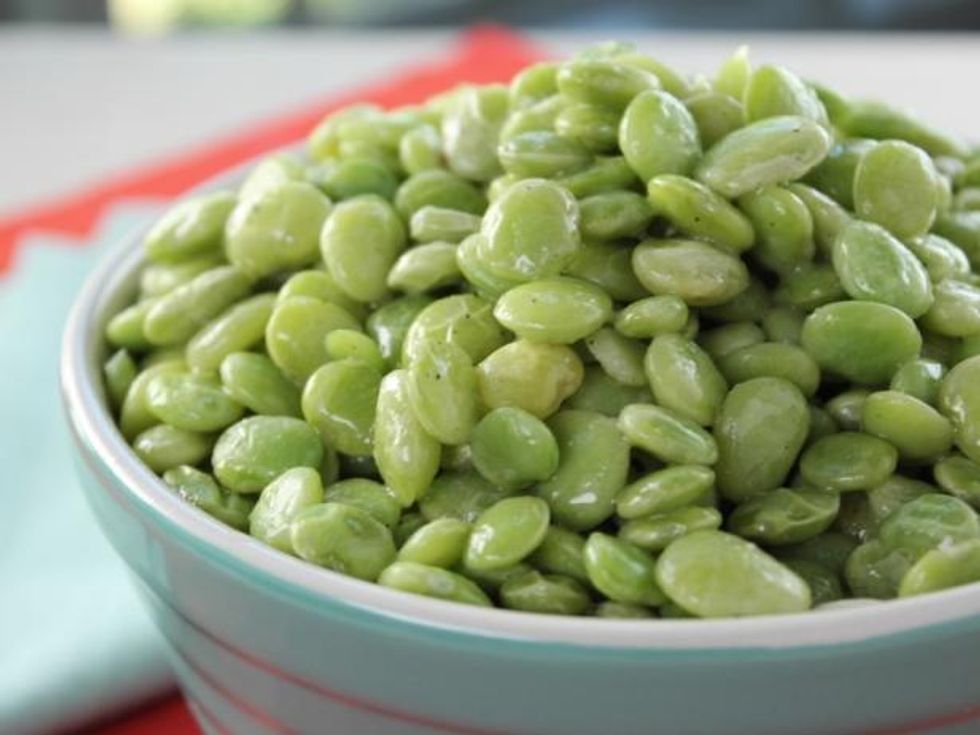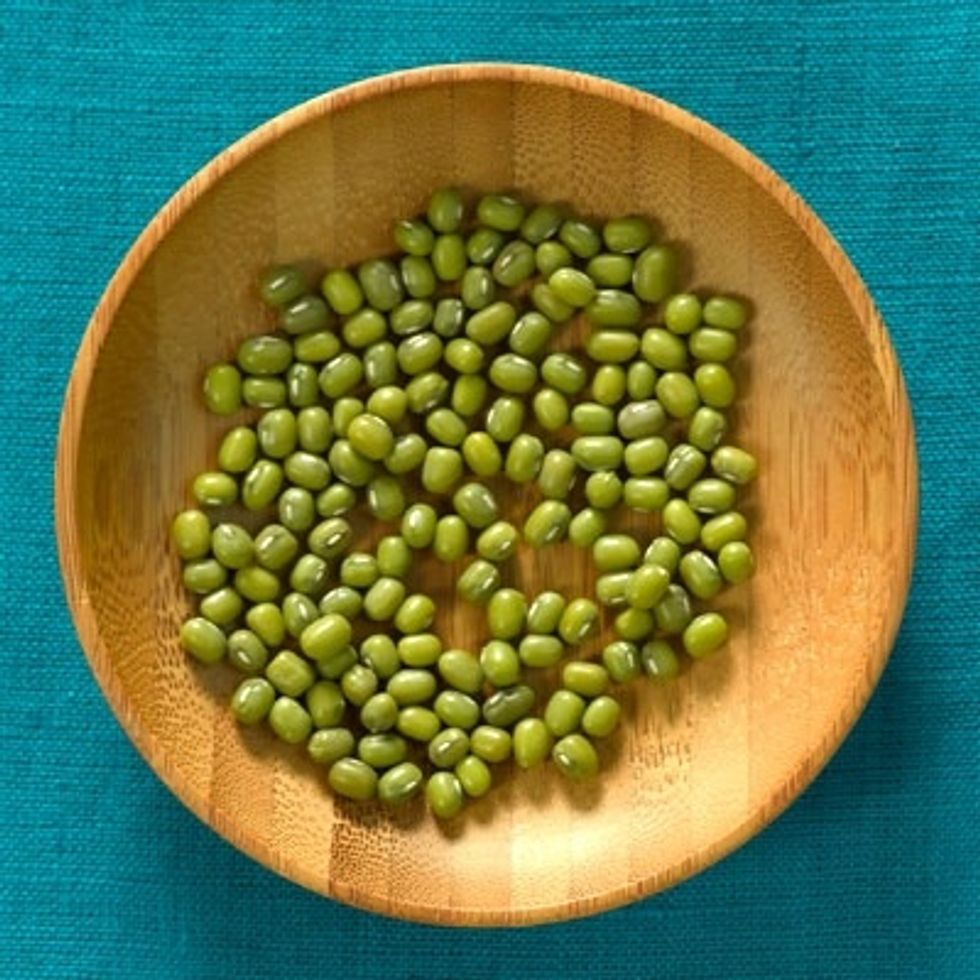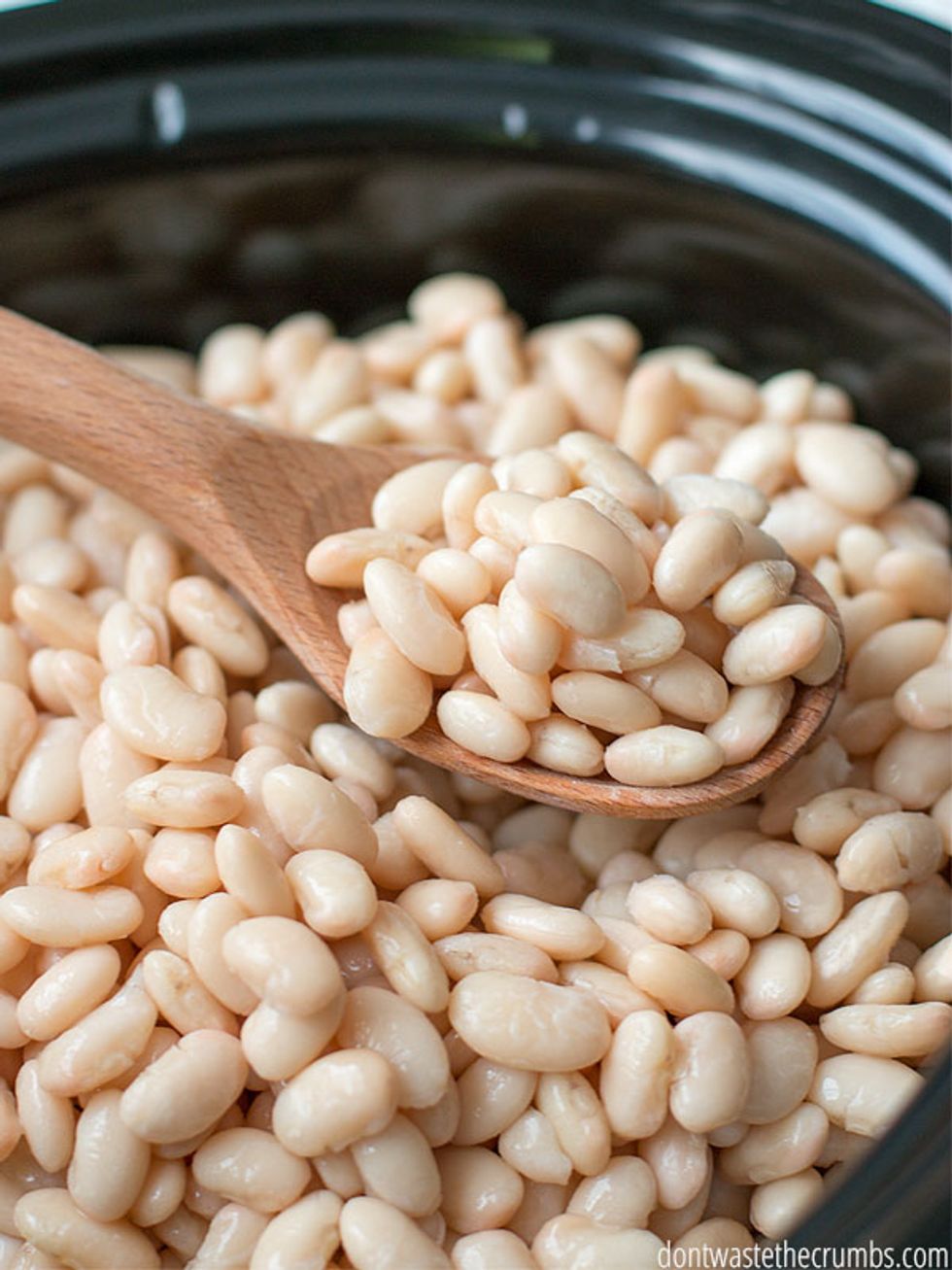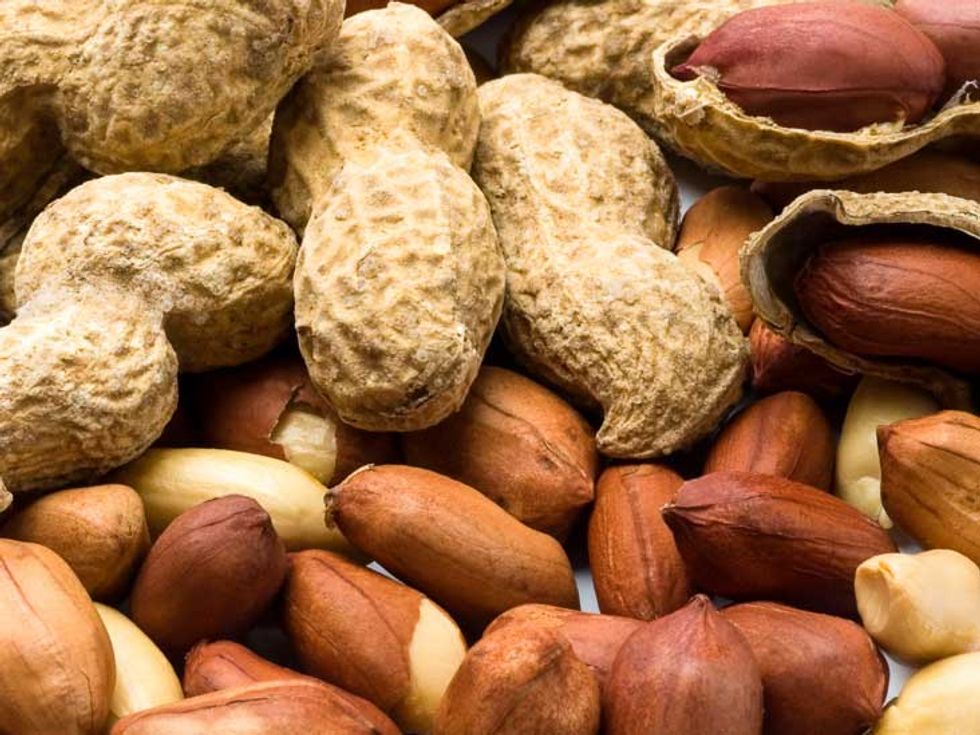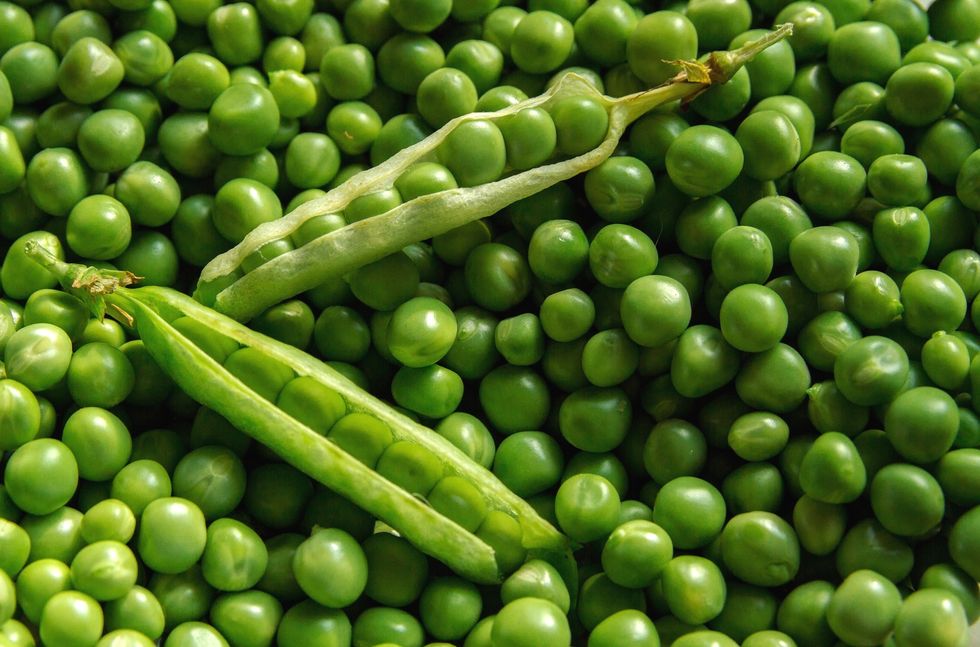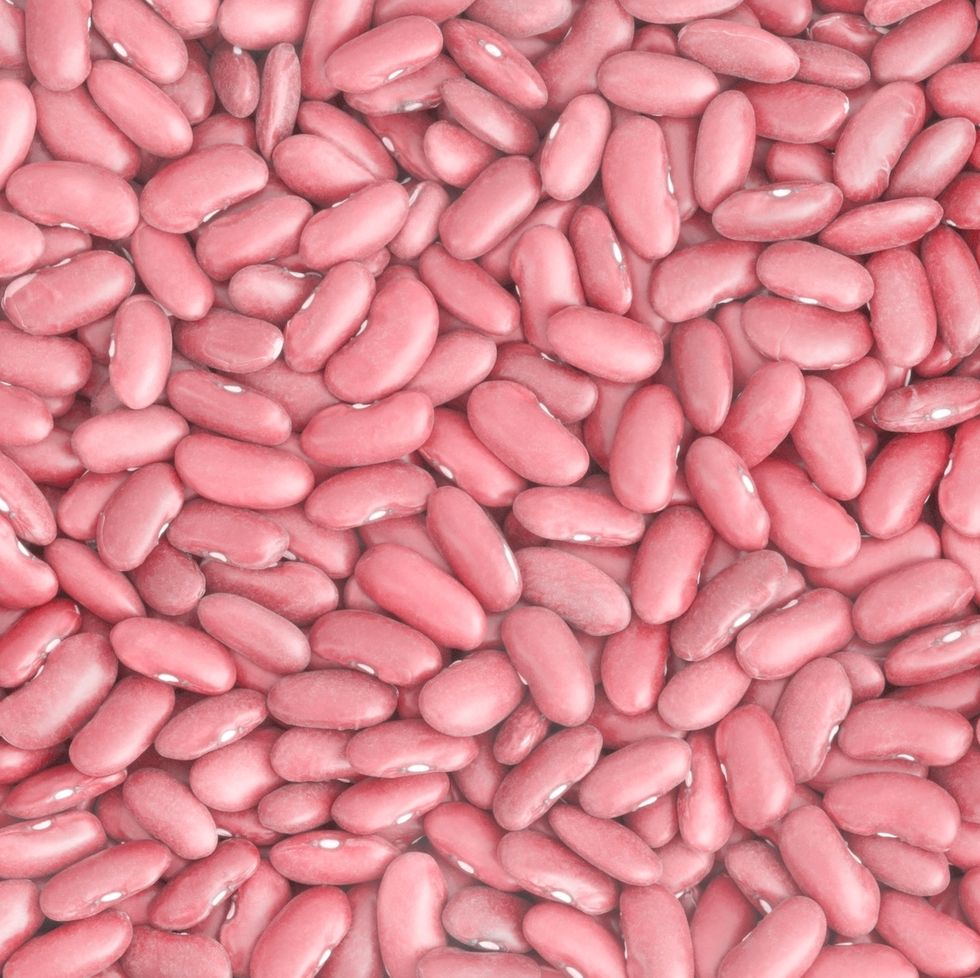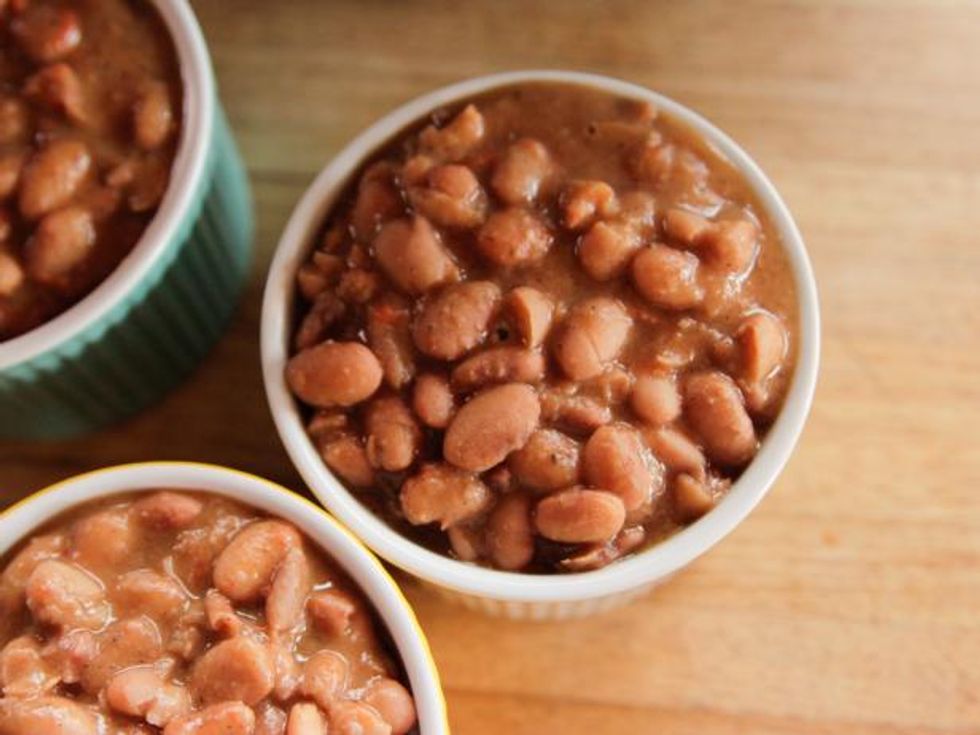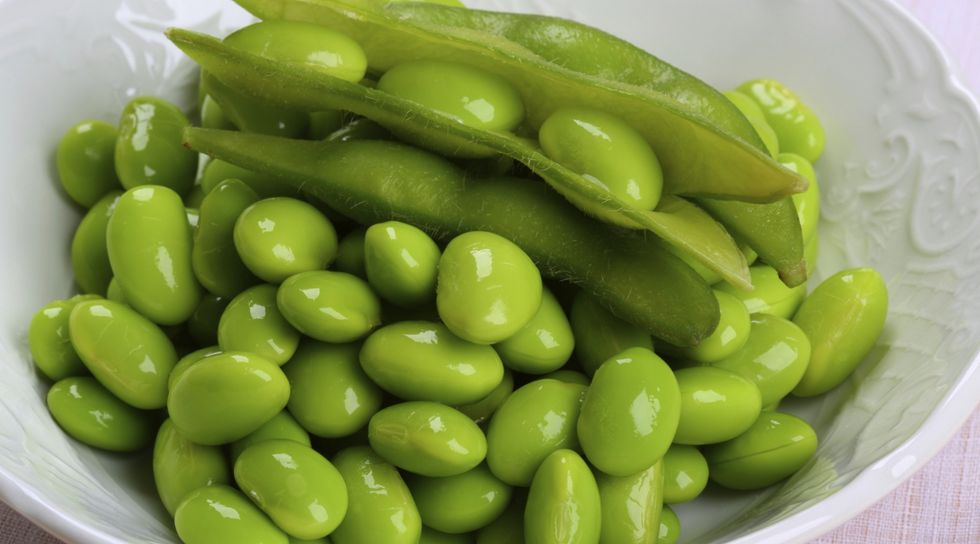Legumes are such a vast category, and they fit into so many of the nutrition trends out there today - high in protein, plant-based, vegetarian and vegan, gluten-free, high-fiber, nutrient-rich, you name it. If you've ever looked up "good sources of [insert vitamin or mineral]," many times legumes will be on the list.
Here's the thing - there are a LOT of legumes, and literally no legume is created equal. (So which legume is high in ___?) Where one legume is strong in one area and lower in another, another legume will be higher in that other area, with perhaps not as much in the other. Some are calorie-dense, others are low-calorie.
Maybe you eat baked beans on Christmas day or for the Fourth of July, perhaps you participate in the New Years' tradition of blackeyed peas, Cinco de Mayo may be a time for your personal preference of frijoles, and the list goes on. There are so many different legumes, so here's a little review of some different types and their strengths (in alphabetical order)!
Side note: Legumes can have many different names. I'll list the specific alter-egos underneath each specific bean, but in Canada, legumes are actually called, "pulses." Thanks, Canada.
1. Black Beans
Compared with the other legumes, black beans are really great for getting your fiber, magnesium, and thiamin (vitamin B1). One half-cup serving actually provides over ¼ of a woman's daily fiber needs.
2. Blackeyed Peas
New Years' tradition or '00s singing group, this legume can also be referred to as "coweyes" (kind of weird, yes) or field peas. What's so special about blackeyed peas? One half-cup serving contains almost half of your daily folate requirements. It is probably the best legume for folate content, and folate is so important in particular for preventing neural tube defects, such as spina bifida.
3. Cannellini Beans
Cannellini beans are sometimes referred to as white beans, although white beans could technically apply to Great Northern or navy beans as well. Cannellini beans are relatively dense with nutrients. They provide more calories per half cup than the average legume, but they also contain more protein, carbohydrates, calcium content, magnesium, iron (almost half the daily requirement for guys), potassium, and zinc than the average bean.
4. Chickpeas
Chickpeas, also known as Garbanzo beans, are the base of a little diddy called hummus. They are a good source of energy, as well as zinc, and also they also provide over ¼ of your daily folate requirements.
5. Great Northern Beans
The name sounds like an interjection, but they may actually be smaller than you'd think. These beans are "greater" than some of your other legumes when it comes to calcium, iron, and potassium content.
6. Green Beans
Green beans are probably the lightest of the legumes. They don't have as much of the vitamins and minerals as the other legumes (perhaps due to a greater water content), but compared with the average 100 calorie half cup serving, one half cup of green beans is only 22 calories. In addition, it is one of the best legumes for getting a little extra vitamin C.
7. Kidney Beans
Kidney beans are pretty well-rounded as a bean, but the main way they stand out is as a fair source of iron. They provide over one-third of the daily iron requirement for men, and while that percentage isn't quite as high for women, who have higher iron needs, it can still play a part in supplying sufficient iron daily. And they look like little kidneys, so that's always fun.
8. Lentils
Lentils are a really fun legume (fun defined by number of available colors and reference from Marcel the Shell with Shoes), and they also have a lot of nutritional benefits going for them: they are one of the better legumes for protein, fiber, iron, thiamin (B1), niacin (B3), vitamin B6, and folate. They provide about one-third of the fiber requirements for women, over one-third of the iron requirements for men, and over 40% of your folate needs for men and women.
9. Lima Beans
Lima beans, as weird as some people may find this, are one of my favorite beans just based on taste. Their biggest superpower? Providing about 10% of your daily potassium needs. That may not seem like a lot, but that's still pretty good, especially among the legume family.
10. Mung Beans
Mung beans are kind of average nutritionally, not having the highest or the lowest quantities of nutrients, but I had actually never heard of these beans before. Therefore, their superpower in my book is existing. You go, mung beans.
11. Navy Beans
Navy beans are a good source of carbohydrates, but they are also probably the best legume source of fiber. They were the only legumes I analyzed that provide more than ¼ of the daily fiber needs for both men and women.
12. Peanuts
Just comparing by volume, peanuts sweep up a lot of the awards for "best legume source of ___." One half-cup of peanuts provides several calories, protein, magnesium, potassium, zinc, thiamin, niacin, and vitamin B6. However, one half cup of peanuts (shelled) contains 427 calories - because we usually don't eat a whole half cup at a time, and they are one of the legumes with a higher fat content. Nevertheless, even eating a smaller amount still provides a fair share of all these nutrients and more. Plus, they make peanut butter, one of my favorite food groups foods.
13. Peas (Green)
I never really thought of green peas as legumes, but here they are. Peas are some of the top legumes for thiamin, niacin, vitamin B6, and vitamin C.
14. Pink Beans
One of the best legume sources of carbohydrates (and also another legume I had not heard of before), pink beans also provide thiamin and over 25% of your daily folate.
15. Pinto Beans
Pinto beans are a very common and tasty bean, and are kind of like the sibling living in the shadows of the black bean. The pinto bean is really a decent bean, but the black bean tends to one-up the pinto just a little bit in most of the vitamin and mineral areas. Nevertheless, the pinto is still worthy of love and recipes.
16. Soybeans
Last but not least is the mighty soybean. Also known as edamame when eaten raw, no wonder the humble soybean has been used so extensively in soymilk, soy sauce, or tofu - it tends to stand out among the legumes as much as the cannellini or the peanut. It is a good source of energy, and one half-cup may meet up to 25% of an individual's daily protein needs. It also provides calcium, magnesium, over 25% the daily value of iron (for men and women), over 25% of the daily value of riboflavin for women, and vitamins B6 and C.
Forget a hippopotamus or front teeth - all you really want for Christmas are legumes, right? In summary, here's what you can expect from a half cup of any legume:
Between 20 and 430 calories.
Up to 1/3 the daily value of protein (although usually less, and incomplete). (Best source - peanuts)
5 - 28 grams of carbohydrates.
5% - 38% daily value of fiber. (Best source - navy beans)
2% - 10% daily value of calcium. (Best source - cannellini beans)
3% - 40% daily value of magnesium. (Best sources - peanuts, soybeans)
3% - 63% daily value of iron. (Best source - soybeans)
2% - 13% daily value of potassium. (Best sources - cannellini beans, great northern beans)
Up to 18% daily value of zinc. (Best sources - peanuts, cannellini beans)
4% - 27% daily value of thiamin (vitamin B1). (Best sources - peanuts, black beans)
Up to 27% daily value of riboflavin (vitamin B2). (Best source - soybeans)
Up to 71% daily value of niacin (vitamin B3). (Best source - peanuts)
4% - 15% daily value of vitamin B6. (Best sources - lentils, peanuts, peas, soybeans)
5% - 45% daily value of folate (vitamin B9). (Best source - blackeyed peas)
Up to 12% daily value of vitamin C. (Best source - green peas)

